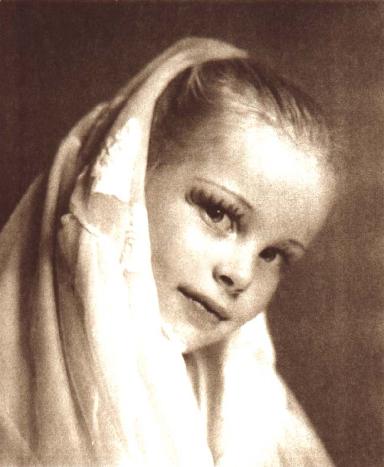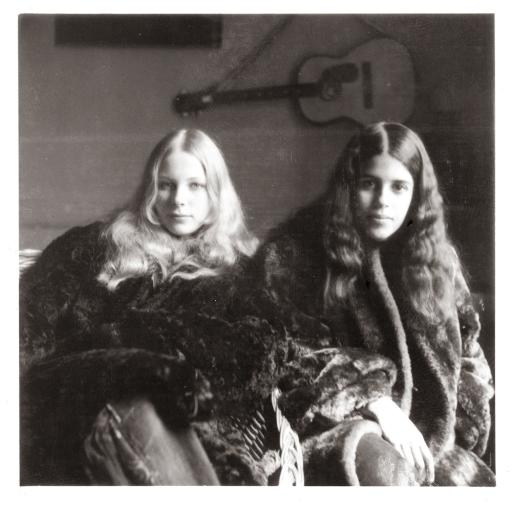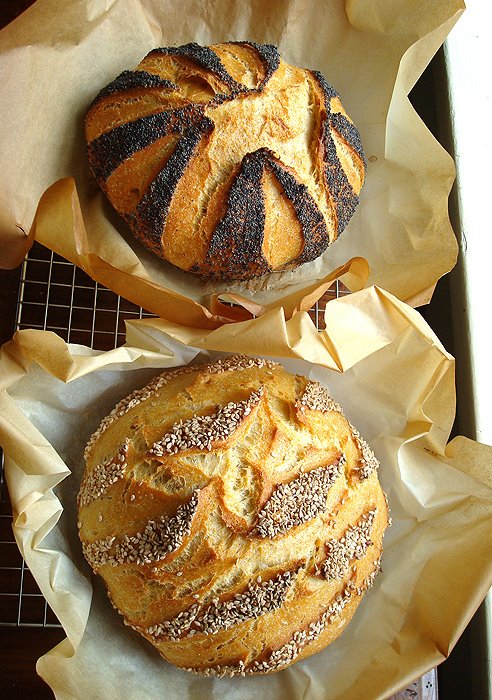The Party Begins With One More Rod And Lisa
OFF TOPIC discussions
I hope Randy Adams doesn't do that lampshade thing again.
Here I am about 25 years ago, holding up two snapping turtles I caught by hand from our duck pond.  (seriously!)
(seriously!)
I'm bumping up Deputy Mo's old thread in his honor.... ok let's see some more now you guys! 
Hey Sue, I actually have a skirt in a fabric that reminds me of your dress fabric- and it's called the "Pinky Highball Go-go skirt" ...!!
Too cute, Dana!1975 Was a good year Rod.

This is me around age 4, dressed up as a princess for Halloween. I have my mother's lace slip draped over my head as a 'royal train', and she drew my eylashes on with eyebrow pencil. =8-)

Here's one from my teenage hippy days... (I'm the blond one) I think it was around 1967 and I must have been 13 or 14.I remember buying that oversized ratty old fur coat at the Salvation army for like $3. Right away my friend Susan got one too. LOL!

Ken, I gotta say, i always like it when you say "my Lady Sally". Sounds like you surely must be her knight in shining armor!
Geekling said:
Well said, JH! And I would also say, congratulations to all the other 4999 members for putting the friend in Friends of the Mountain Dulcimer !






I second that for sure, Geekling!Wouldn't be much of a place without all the friends here. 
And thank you everyone for your very nice words. They mean a lot to me. 
...and CONGRATULATIONS to Hallie for being FOTMD's 5000th member !!!! 


Only two members to go to hit 5000.... 
I'm sure that whether Rod is an actual angel looking down, or simply a memory in our hearts, either way he is right here with us and beaming happily. 
I'm having my hair done specially, by 'Mr.Vincent'...
Patty from Virginia said:
Is there going to be a special event when 5,000 members are reached?

Patty I'm afraid this is it! 
+1 ! 
Robin Thompson said:
John,
I'd rather have one of your builds to play at the party than an original Thomas! One of your sweet Virginia beauties. . .
Thank you all for the very sweet comments of appreciation. It's quite nice. 
Benjamin, I like that you took it off the wall and played it. I bet he was impressed!
Rob, it only melts if you leave it out in the rain. 
Thanks Robin! I'm calling my new original aspic recipe "MacArthur Park Mold". lololol....
I'm perfecting a brand new aspic recipe for the 5000 member party... mmmmm....
John Henry, yes I assume your 'mountain dew' guard status is secure- I think it's a lifetime assignment. Just don't fall off your bicycle:
Wow, I can't really believe the average is 10 mtn dulcimers per member. It's probably just the most verbose members who have tons of dulcimers. Quiet modest folk like me have only one or two. 

Now wait a minute!..... so where is Rod gonna be while you are stuck 'guarding the dew'?(and hey you don't have worry about ME trying to steal any of that stuff, for sure!) LOL! =:-SContra Dance! I,d love to only Rod has already said that whatever, I,m detailed to sit and guard the Dew , needed someone he could trust,you see.................knew that I would'nt touch it.


Bill, I think I'm going to bring a nice healthy spinach salad with my own kitchen-grown sprouts, with feta cheese and calamata olives and a shitake dressing. But I'll keep some 'emergency' extra salsa and chips in my car just in case a whole gang of hungry new members come busting in the door unexpectedly and want to eat up all the good stuff.You bring the salsa and chips for the rest of us and we won't crack into the emergency supplies in my trunk unless we need to. :DThis is the most fun you can ever have Robin. I've got some chips and salsa, Jim's got Cookies, i think Lisa's got Chips and salsa too. :)
Ok, just had to bump this old thread up...brings back some smiles from five years ago... 